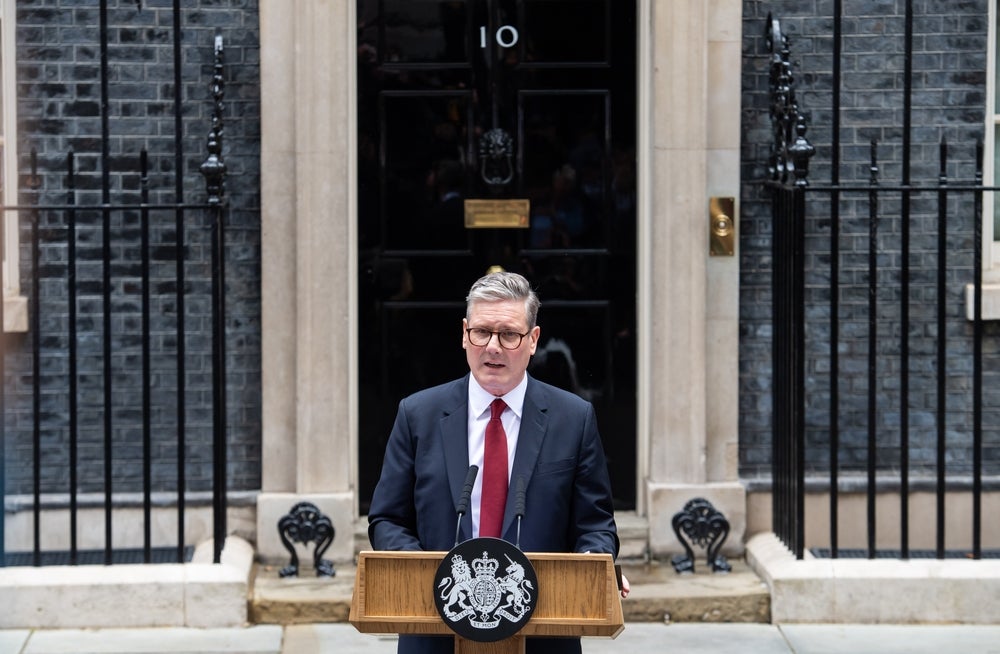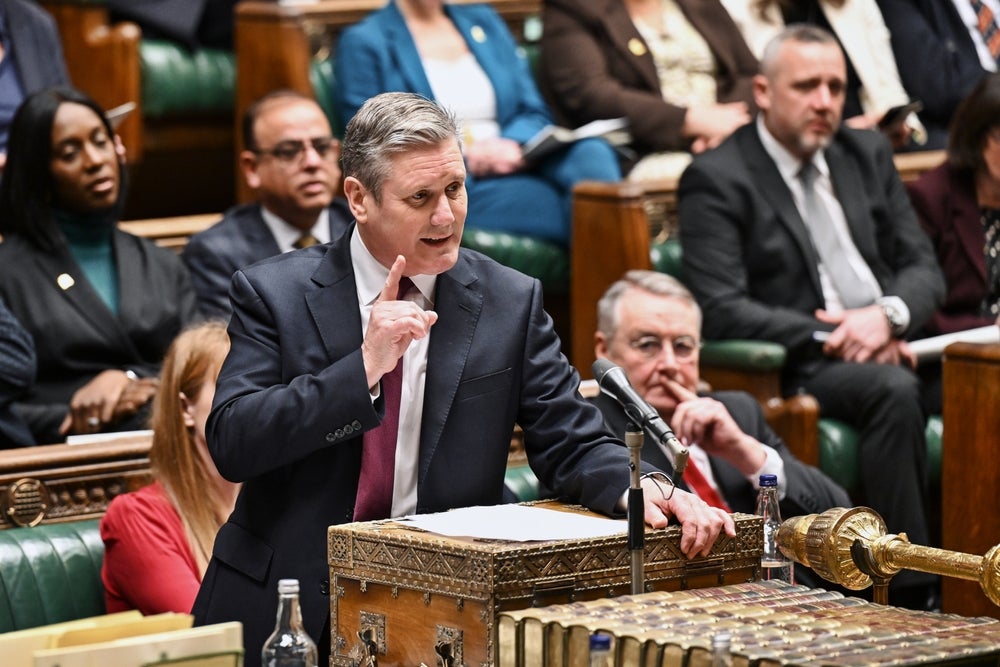Financial instruments, clarifying the distinction between
liabilities and equity, and dealing with issues arising from the
credit crunch are the three toughest projects the International
Accounting Standards Board (IASB) is working on at present,
according to IASB chair David Tweedie.
The chief standard setter told a recent conference in Amsterdam
that these areas have no immediately obvious solution.
The current IAS 39 – Financial Instruments is a complex standard
with a number of measurement methods, depending on
circumstance.
Speaking to The Accountant, Tweedie hypothesised: “Do
we need four [or more methods of measurement]? Can we get it to two
or one? Then there’s the complexity about hedging. There are lots
of complicated rules, which mean that hedge accounting allows you
to hold back gains and losses.”
The fair value measurement option continued to stimulate debate
at the conference. IASB member Jim Leisenring said he would vote
for an exposure draft to have all financial instruments at full
fair value immediately but the issue was moving at a “glacial”
speed because of opposition from the US Financial Accounting
Standards Board.
Tweedie said fair value is always a controversial issue. “If you
asked people ‘do you think the balance sheet should be solely at
cost’ the answer would most certainly be no because a derivative is
a contract where you agree, for example, to swap $1 million at
today’s dollar-to-euro exchange rate. Well, as it moves, one of us
wins, another loses, so we measure it by the gain or loss on the
instrument.”
How well do you really know your competitors?
Access the most comprehensive Company Profiles on the market, powered by GlobalData. Save hours of research. Gain competitive edge.

Thank you!
Your download email will arrive shortly
Not ready to buy yet? Download a free sample
We are confident about the unique quality of our Company Profiles. However, we want you to make the most beneficial decision for your business, so we offer a free sample that you can download by submitting the below form
By GlobalDataThe question is whether everything should go to fair value,
Tweedie added. “There’s no doubt about it, a lot of the accounting
problems would disappear if everything was valued at fair value,”
he said.






